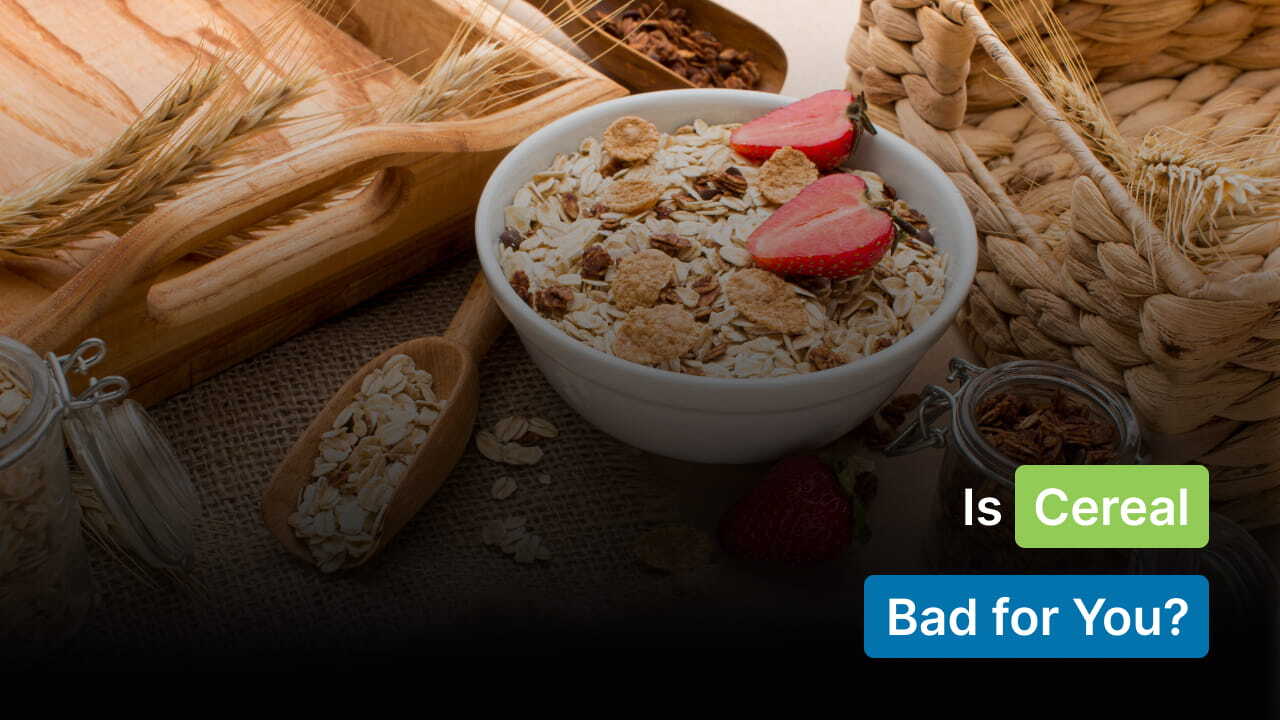
The gas that is formed as a result of the fermentation of the grain, the dough for sourdough rises in an organic manner, is sourdough bread good for you, which is what makes it a kind of leavened bread. A sourdough starter is used to make sourdough, in contrast to the majority of commercial breads, which employ baker's yeast as their primary raising agent before baking.
A naturally occurring culture of beneficial yeasts and bacteria is produced when sourdough starters are fermented for around five days.
There is a lot of criticism directed at bread products. Although sourdough bread is a necessary and beneficial addition to any kitchen, there are many more advantages to consume nutritious bread that does not include any genetically modified organisms. Consuming sourdough, which is produced using a unique starter that is composed of living yeast and bacteria, offers a number of advantages that much exceed the negative publicity that it has gotten a great deal. Not only is the preparation of sourdough bread a more nutritious alternative, but it is also an art form that can be performed in the kitchen.
What are the Key Differences Between Ordinary Bread and Sourdough Bread?
Yeast, baking powder, or baking soda are examples of leavening agents that are used in the production of traditional breads. They are designed to release any gasses or air that may be present in the dough mixture, which enables the dough to expand and rise. According to the British health foundation, This process, in essence, transforms the compressed dough into a dough that is more malleable and expands, which, when baked, results in bread that is light and airy. The leavening component in sourdough bread is a fermented material that is referred to as “sourdough starter.” Activating the beneficial bacteria and natural yeast in a sourdough starter that has already been formed may be accomplished by adding flour and water to the starting. The process of digesting the flour results in the production of minute particles of carbon dioxide. When the yeast has doubled in size and created a frothy appearance on the top and edges of the bread, it is ready to be added to the final product.
Considerations Regarding the Nutritional Characteristics of Sourdough:
The content of the sourdough's macronutrients will be influenced by the combination of flours that are used to manufacture it. But the following is what you may anticipate finding in a typical serving of 100 grams of sourdough, which is about equivalent to two slices:
Around 974 kilojoules in total, the amount of protein is 7.8 grams. A total of 47 grams of carbohydrates and 0.7 grams of fat are present. Fiber from the diet at 2.9% and salt at 0.8%
1. Easily, it can be Broken Down.
By the time the cereals reach your intestines, the carbohydrates will have been broken down by the bacteria and yeast that are present in them. since of this, your digestive system will have an easier time since it will have to do a much lower amount of labor.
2. Glycemic Index is Lower for this Food.
Sourdough, in contrast to other types of bread, undergoes a fermentation process that eliminates those annoying carbohydrates. Therefore, consuming it will not result in a large increase in the amount of sugar in your blood.
3. Enhanced for Those who are Unable to Tolerate Gluten in Their Diet.
Since the production of sourdough bread takes a significant amount of time, a significant portion of the gluten protein gets broken down into amino acids before it is ever consumed. As a result of the extensive marinating, washing, and other preparation steps, those who have a moderate to severe sensitivity to gluten may find it easier to consume and absorb.
4. The Addition of Acid that has Beneficial Effects.
It is well known that sourdough bread has a higher degree of lactic acid generation than other types of bread. This is because the presence of the bacterium lactobacillus is responsible for this. A significant reason for the significance of this is that there is less space for the phytic acid, which has the ability to cause injury. Lactic acid levels that are elevated not only facilitate digestion but also increase the availability of nutrients throughout the food chain.
5. There is Beneficial Plant Life Present.
The fermentation method that is used to make sourdough bread promotes the growth of beneficial bacteria, which are ultimately beneficial to both the bread and the person who consumes it. These microbes are beneficial:In addition to probiotic bacteria, sourdough starter also includes prebiotic bacteria. Although the heat of baking is responsible for the majority of the destruction of the probiotics, the prebiotics are still present. Due to the presence of these nutrients, the health of your digestive system will be improved.
Whole grain breads have a higher nutritional value than other types of bread because they include calcium, iron, and zinc that are found in their natural state. However, the phytates that are included in bread makes it difficult for the body to absorb these minerals. Through the fermentation process, phytates are broken down, which the body may then employ to more readily absorb minerals. Sourdough bread includes this process.
6. Perhaps it Will Be Simpler to Maintain Control of Blood Sugar Levels.
For those who have difficulty controlling their blood sugar levels, sourdough is an excellent choice because of its higher fiber content and the fermenting process that it undergoes. This is due to the fact that, in contrast to many breads that are manufactured commercially, sourdough does not have a major influence on the levels of sugar in the blood.
7. Less Yeast cells Overall.
The yeast populations in sourdough bread are controlled by the good bacteria that are present in the bread, which significantly reduces the likelihood of disease and/or proliferation.
8. Origins that are Natural.
An very “natural” component is used in the production of sourdough bread. This is accomplished by using unprocessed wheat, wild yeast, and beneficial bacteria. It was a staple diet for a very long period, and it is regarded to be the earliest kind of bread that made use of leavening agents.
9. The Amount of Some Preservatives has been Reduced.
The presence of acetic acid, which occurs naturally in sourdough bread, inhibits the formation of mildew. The fact that it is able to maintain its own life means that it does not need any potentially dangerous preservatives. In this manner, it will not go bad, and you will not have to be concerned about the accumulation of preservatives in food goods, which may possibly be hazardous.
10. Insufficient Amounts of Food.
As is the case with the inulin and oligosaccharides that are found in other foods, such as onions, leeks, avocados, garlic, and asparagus, the consumption of sourdough bread made from wheat encourages the growth of beneficial bacteria in the digestive system.
11. The Health Advantages are Huge.
Because of its high vitamin and nutritious content, sourdough is a wonderful dietary option for maintaining one's health on a daily basis. Bread made with sourdough includes trace levels of the following nutrients: iron, manganese, calcium, vitamins B1–B6, B12, folate, zinc, potassium, thiamin, niacin, riboflavin, selenium, magnesium, phosphorus, and vitamin E. The concentrations of these elements range from moderate to minor. Quite an impressive assortment of items! Some of the natural nutrients that are often lost during the baking process are preserved in sourdough, in contrast to other types of bread.
Wow, the delectableness of it!
In addition to being a delicious alternative, sourdough bread is also healthier for you to consume.
Capable of Enhancing the Health of the Digestive Tract
Although it is common for beneficial bacteria to be lost in the starter during the baking process, the plant compounds and fiber, which are referred to as polyphenols, become more bio-available after the baking process. Sourdough is an excellent option for those who are experiencing gastrointestinal troubles since it includes these, which serve as a source of vital fuel for the beneficial bacteria that are found in our stomachs.
Take a bite! You will never be able to appreciate bread in any other manner once you have developed a need for it.
FAQs:
1. If you compare sourdough bread to ordinary bread, which is healthier for you?
Ans.Try sourdough if you are seeking for a bread alternative that is better for your health than white or whole wheat bread. The lower phytate level makes it simpler to digest and gives more nutrients than the original, despite the fact that it has the same nutritional profile as the original.
2. Can consuming sourdough bread assist in the process of weight loss?
Ans.Compared to conventional bread, sourdough bread is a healthier alternative since it is not only delicious but also lower in calories and may be useful for the control of blood sugar management.
3. Does sourdough bread often include a significant amount of sugar?
Ans.Conventional sandwich bread, in contrast to sourdough bread, often contains sugar. When it comes to the macro nutrients, however, the kind of flour has a significant impact.
4. Is it possible that sourdough may be considered a “super food”?
Ans. Due to the fact that it contains a broad range of vitamins and minerals, sourdough is a fantastic meal option for those who are concerned about preserving their health.
5. In what manner is it recommended that one consume sourdough bread?
Ans. When I want to eat sourdough, my favorite way to do it is to spray it with a little olive oil and then warm it in the oven. After that, I included lox, red onion, capers, and a lemon drizzle on top of the garlic cream cheese that I had mixed with a little bit of dill.
Read Also:


























































